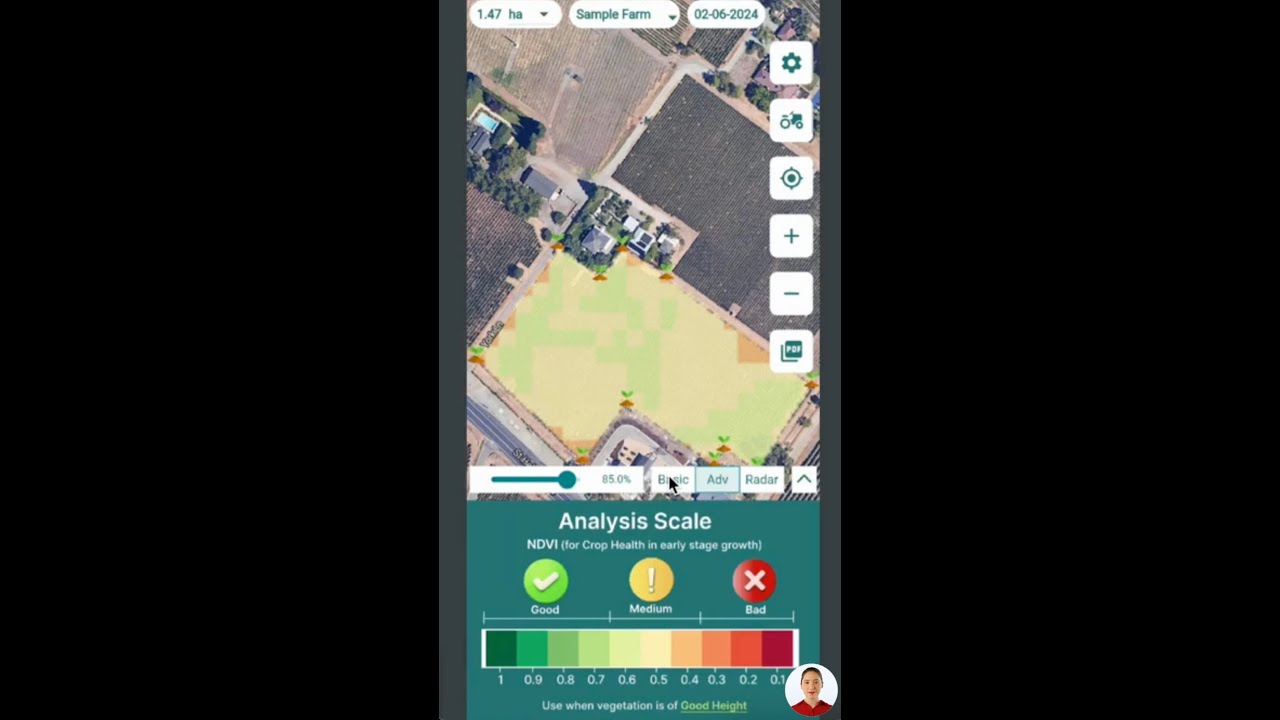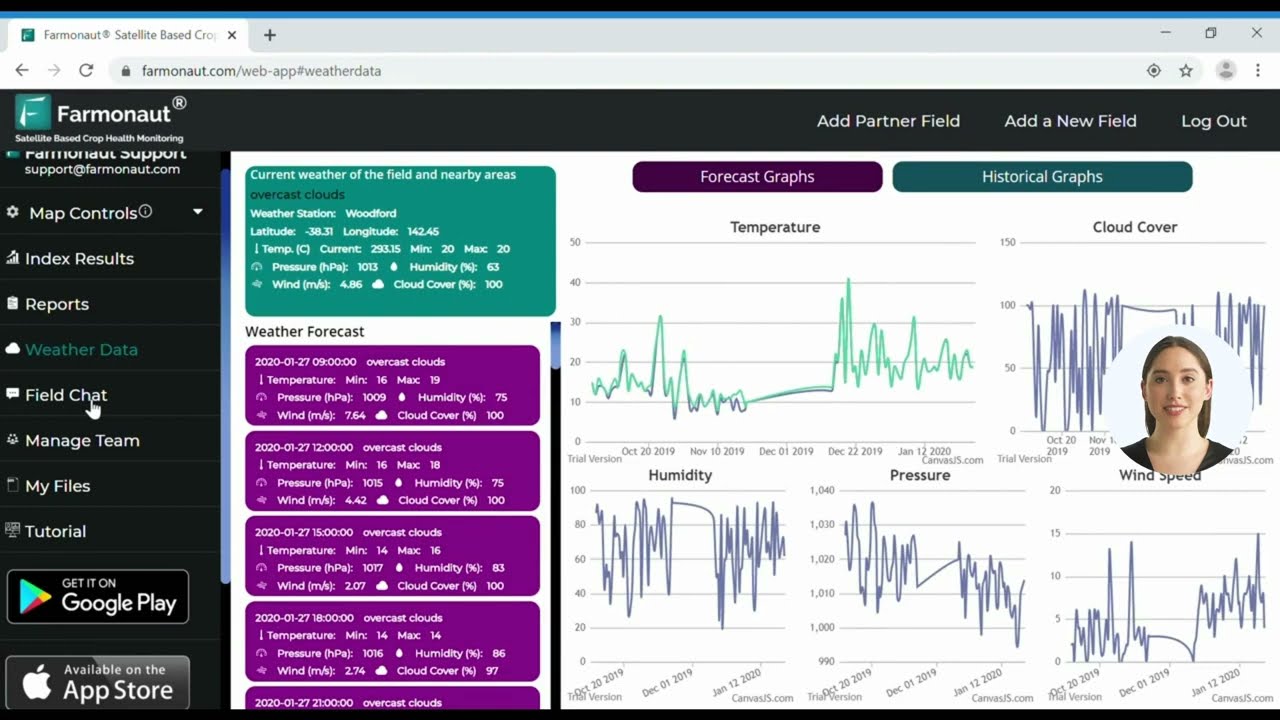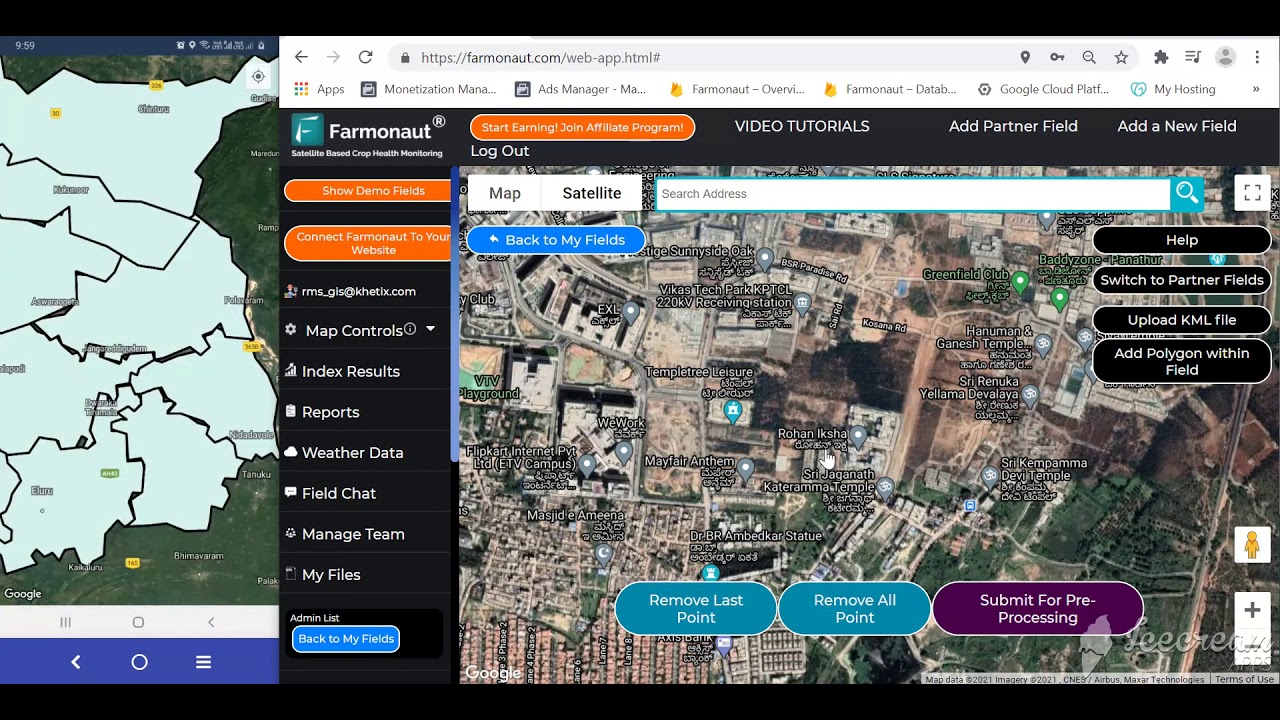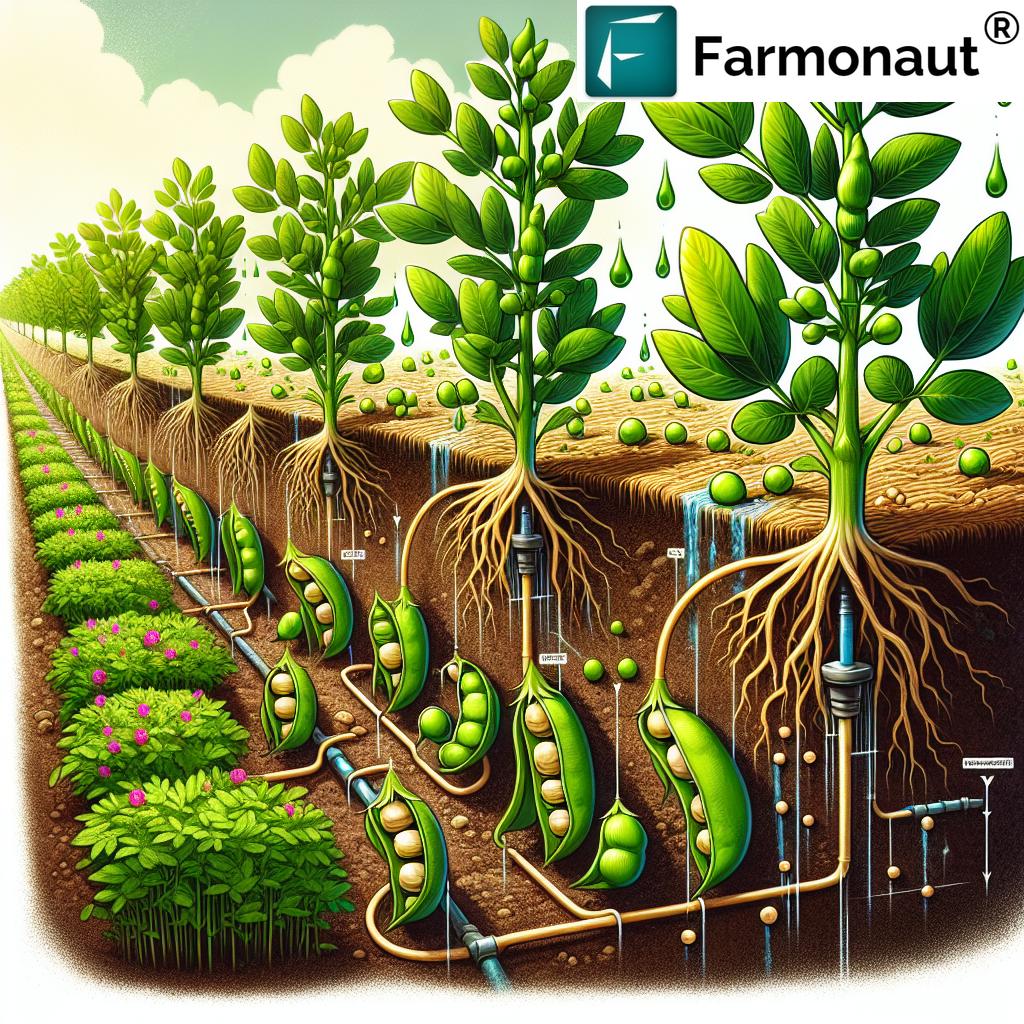Lemon Tree Fungus: 7 Powerful Ways to Prevent Disease
“Over 70% of lemon tree diseases are caused by fungal infections, making prevention crucial for orchard health.”
Introduction: The Importance of Preventing Lemon Tree Fungal Diseases
Lemon trees are beloved worldwide for their vibrant, tangy fruits and aromatic foliage. Yet, as rewarding as these trees are, their cultivation comes with challenges. Lemon tree diseases, especially those caused by various fungal infections, pose significant threats to orchard health and productivity. If left unchecked, these diseases can result in unsightly lesions, diminished fruit quality, and even tree death, severely impacting growers’ livelihoods.
Our aim in this comprehensive guide is to deepen your understanding of the most common fungal diseases affecting lemon trees, detail their symptoms, causes, and best management strategies. We’ll also explore preventive measures essential to maintaining robust lemon orchards, and explain how advances in technology—such as those offered by Farmonaut—can revolutionize lemon orchard disease management.
Common Fungal Diseases Affecting Lemon Trees
The vast spectrum of fungal diseases in lemon trees requires a clear grasp of distinct symptoms and optimal control approaches. Below, we outline the major threats, their manifestations, and tried-and-tested management methods.
1. Phytophthora Gummosis (Phytophthora citrophthora)
- Cause: Soil-borne fungus Phytophthora citrophthora
- Symptoms: Oozing lesions on trunk and branches, bark cracking, decay, yellowing leaves, reduced vigor
- Prevalence: Estimated 25% of orchards globally are affected.
- Management: Enhancing soil drainage, avoiding overwatering, pruning infected areas, and applying fungicides (especially during wet conditions); regular monitoring for early detection.
2. Citrus Black Spot (Phyllosticta citricarpa)
- Cause: Fungal pathogen Phyllosticta citricarpa
- Symptoms: Black, sunken lesions with red to brown margins on fruits; fruit quality and marketability decline
- Prevalence: Over 20% of orchards, especially in tropical/subtropical locations.
- Management: Implementing strict sanitation practices (removing infected fruit and fallen leaves); fungicide applications during the growing season for control.
3. Mal Secco (Phoma tracheiphila)
- Cause: Phoma tracheiphila
- Symptoms: Chlorosis, wilting, and dieback of twigs/branches; reddish hue in infected wood due to gum production
- Prevalence: Common in Mediterranean orchards; ~12% global prevalence
- Management: Pruning affected branches, improving orchard hygiene, and replacing trees in severe cases
4. Alternaria Brown Spot (Alternaria alternata)
- Cause: Fungal pathogen Alternaria alternata
- Symptoms: Dark, sunken lesions on leaves and fruit; premature defoliation and reduced fruit quality
- Prevalence: 15% incidence in susceptible cultivars
- Management: Enhancing air circulation, pruning, and applying copper-based or sulfur fungicides
“Early detection can reduce lemon tree fungal disease spread by up to 60%, ensuring stronger, more productive trees.”
5. Lemon Scab (Elsinoë fawcettii)
- Cause: Elsinoë fawcettii fungus
- Symptoms: Raised, scabby lesions on fruit rind; diminished market value
- Prevalence: Affects approx. 10%–14% of lemon groves
- Management: Removing infected fruit/fallen leaves; preventive fungicide applications
6. Botrytis Rot (Gray Mold) (Botrytis cinerea)
- Cause: Botrytis cinerea
- Symptoms: Pale, fuzzy growth on dead blossoms and young fruit; fruit rot, twig dieback
- Prevalence: Up to 18% of lemon orchards, especially in humid/wet conditions
- Management: Planting in full sun, ensuring adequate spacing and air circulation, pruning
7. Sooty Mold (Secondary Fungus on Honeydew)
- Cause: Fungal growth on honeydew excreted by sap-sucking insects (aphids, whiteflies)
- Symptoms: Dark, velvety coating on leaves and fruits, reduced photosynthesis, stunted growth
- Prevalence: Widespread in up to 30% of orchards with uncontrolled pests
- Management: Controlling insect pests, removing sooty mold with gentle wash (water and mild soap)
Comparative Disease & Control Table for Lemon Tree Fungal Diseases
*Sooty mold itself doesn’t directly damage the tree but indicates pest activity and can hinder photosynthesis.
7 Powerful Ways to Prevent and Manage Lemon Tree Fungus
To secure the long-term health and productivity of lemon orchards, growers must embrace integrated, proactive, and data-driven strategies. Below, we break down the seven most effective (and research-backed) solutions for lemon tree fungus management:
1. Enhance Soil Drainage and Avoid Overwatering
- Why it matters: Phytophthora gummosis and similar diseases thrive in waterlogged, poorly-drained soils. Excess moisture promotes fungal infections, especially in heavy, clay-heavy soils.
- Best Practices:
- Plant lemon trees on raised beds/ridges for better water run-off.
- Ensure orchards have efficient drainage systems; avoid low-lying, flood-prone fields.
- Monitor irrigation patterns. Use soil moisture sensors or Farmonaut’s satellite-based crop health monitoring to optimize watering frequency.
- Result: Reduces disease incidence and supports vigorous tree growth.
2. Prune Infected Lemon Branches and Maintain Orchard Sanitation
- Why it matters: Removal of infected tissue, dead wood, and fallen leaves/fruit breaks the disease cycle, minimizing sources of inoculum.
- Actions:
- Regularly inspect for symptoms (spots, lesions, wilting, oozing bark).
- Use sanitized, sharp pruning tools to remove infected branches and twigs well below visible damage.
- Cull and incinerate pruned material; do not compost visibly diseased debris.
- Maintain a structured pruning cycle especially at the end of the growing season and after storms.
- Benefits: Reduces spread, lowers infections, enhances light/air penetration (air circulation).
3. Apply the Best Fungicides for Lemon Trees at Key Stages
- Why it matters: Fungicides act as a shield against fungal diseases when applied preventively or at the earliest signs of lemon tree disease.
- Key Recommendations:
- Copper-based fungicides: Broad spectrum (Phytophthora, Alternaria, Lemon scab).
- Phosphonates, Mancozeb, Iprodione: Disease-specific, often used in rotation to prevent resistance build-up.
- Strobilurins and Azoxystrobin: Excellent against citrus black spot and alternaria brown spot.
- How to use: Always follow label, rotate modes of action, target critical infection windows (wet weather, post-pruning, fruit set).
- Pro Tip: Use Farmonaut’s crop health monitoring to time sprays optimally, minimizing unnecessary applications.
4. Optimize Air Circulation and Tree Spacing
- Why it matters: Good air flow quickly dries foliage, making conditions less favorable for fungus sporulation and establishment.
- Techniques:
- Orient rows for dominant wind direction in your region.
- Space trees to avoid dense canopy overlap; maintain side and top clearance, especially for high vigor cultivars.
- Conduct annual structural pruning to keep the canopy “open.”
- Effect: Directly reduces botrytis rot and lowers alternaria brown spot pressure.
5. Remove Sooty Mold and Control Sap-Sucking Pests
- Mold Management: Sooty mold doesn’t infect the tree directly but blocks sunlight, stalling photosynthesis. It’s a result of honeydew from pests (aphids, whiteflies, scale insects).
- Steps:
- Target the cause: use insecticidal soaps, neem oil, or approved chemical treatments for the pests (not the mold itself).
- Manually wash leaves with water and mild detergent to remove visible mold.
- Integrate biological controls—ladybugs, lacewings—for sustainable, pesticide-free results.
- How Farmonaut Helps: Our platform can help with forecasting pest risk and monitoring foliage condition via satellite NDVI imagery.
6. Implement Regular Monitoring, Early Detection, and Timely Action
- Why it Works: Early detection allows intervention before fungal disease progression threatens yield. Studies confirm that intervening at the first symptoms can slash spread rates by over 60%.
- How?
- Carry out weekly inspections during high-risk periods (rainy, humid months).
- Train field teams to recognize sunken lesions, dark spots, yellowing leaves, and wilting.
- Use Farmonaut’s satellite-based disease monitoring platform for large-scale, remote diagnosis (crop vigor, unusual red/blue NDVI patches may indicate stress).
- What to Monitor:
- Leaf/chlorosis, fruit lesions, oozing bark.
- Weather (wet conditions accelerate disease cycles).
7. Practice Crop Rotation and Use Disease-Free Planting Materials
- Why: Many fungal pathogens survive in soil or debris for years—crop rotation reduces their buildup.
- Actions:
- Rotate citrus with unrelated crops in severely infected sites.
- Source nursery trees only from certified, disease-free stock.
- Inspect roots/soil before new plantings, and treat with approved pre-plant fungicide dips as necessary.
- Bonus: Choose tolerant or resistant lemon varieties when available for your region.
For more on sustainable, data-driven orchard management, explore Farmonaut’s large-scale farm management solution—vital for commercial orchards.
Explore the Farmonaut API for weather and disease risk insights »
See API Developer Docs for precision-driven integration »
How Farmonaut Empowers Lemon Orchard Disease Management
Integrating precision agriculture into lemon orchard disease management is revolutionizing global citrus farming. Here’s how Farmonaut’s advanced platform enhances lemon tree health and maximizes fruit quality:
- Real-Time Crop Health Monitoring:
- Leverage satellite imagery to track orchard vigor, chlorosis, or abnormal decay.
- Spot early signs of stress such as yellowing leaves, canopy thinning, or dark patches indicative of fungal infection.
- AI-Based Advisory:
- Customized alerts for weather, disease risk (e.g., wet conditions increasing phytophthora risk).
- Get recommendations on best fungicides for lemon trees, pruning schedules, and targeted measures to protect your orchard.
- Resource Optimization:
- Cut chemical costs through zone-specific, data-driven fungicide applications.
- Save water by avoiding overwatering—monitor soil moisture at a glance.
- Blockchain Traceability:
- Boost market trust with Farmonaut’s blockchain-enabled product traceability for citrus exports—ideal for proving fruit quality and disease-free origin.
- Environmental Accountability:
- Assess your orchard’s carbon footprint and work towards more sustainable, certified lemon production. See Farmonaut’s Carbon Footprinting Tool »
- Fleet & Resource Management:
- Orchestrate pruning and spray teams efficiently across large orchards—Farmonaut’s fleet management suite minimizes wasted hours and lost yield time.
By combining biological insight with satellite and AI-powered intelligence, Farmonaut arms growers with the essential tools for preventing citrus black spot, managing sooty mold on lemons, and improving lemon tree health for years to come.
FAQ – Lemon Tree Fungal Diseases and Management
What are the most common symptoms of lemon tree disease?
Symptoms include dark or sunken lesions on leaves and fruit, gummosis (oozing),
scabby spots, yellowing leaves, and dieback of branches. Some fungal diseases produce a dark mold or cause fruit rot.
How can I prevent fungal diseases in lemon trees?
Prevention is best achieved by planting in well-draining soil, avoiding overwatering, ensuring adequate air circulation,
regular pruning, using certified disease-free planting material, removing infected debris, and timely application of fungicides.
What is the best fungicide for lemon tree fungus?
Copper-based fungicides provide broad-spectrum control and are suitable for gummosis, alternaria, and lemon scab. For citrus black spot,
strobilurins are highly effective. Always rotate fungicides to avoid resistance and follow label directions.
How often should I monitor my lemon orchard for disease?
Regular monitoring (weekly during wet or warm periods) is crucial. Early detection allows for prompt intervention,
minimizing damage and spread. Leverage remote technology (such as Farmonaut’s crop health solution) for orchard-scale monitoring.
Can sooty mold kill my lemon tree?
Sooty mold does not directly kill lemon trees, but it can reduce photosynthesis, stunt growth, and weaken trees over time.
If left unchecked, it can make trees more susceptible to other stresses. Proper pest management and washing can control sooty mold.
Why is proper air circulation important for lemon tree health?
Good air circulation dries foliage more quickly, making it harder for fungal spores to establish and thrive,
especially for botrytis rot and alternaria brown spot. It also helps with overall vigor and fruit quality.
Conclusion: Enhancing Lemon Tree Health for Robust, Productive Orchards
Maintaining healthy, productive lemon orchards requires a commitment to understanding common lemon tree diseases,
adopting comprehensive management strategies, and embracing ongoing monitoring and preventive measures.
From the identification of symptoms—like lesions, mold, or wilting branches—to the correct application of fungicides
and adjustments in air circulation and soil management, your orchard’s long-term success depends on the right actions at the right time.
Modern agriculture calls for a smart, data-driven approach. Leveraging
tools like Farmonaut’s advanced satellite-based agriculture platform provides real-time insights, supports early detection,
and helps implement the most effective management strategies for fungal diseases in lemon trees.
Let’s embrace these best practices and innovative technologies to ensure the ongoing
health, vigor, and productivity of our lemon orchards for generations to come.






















